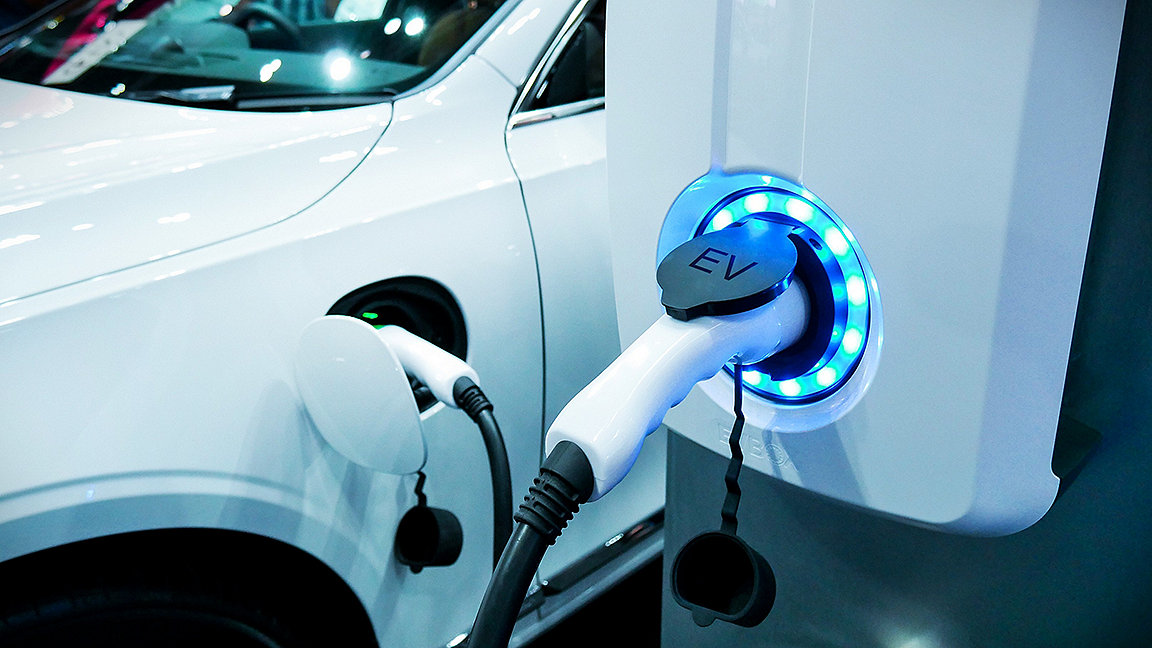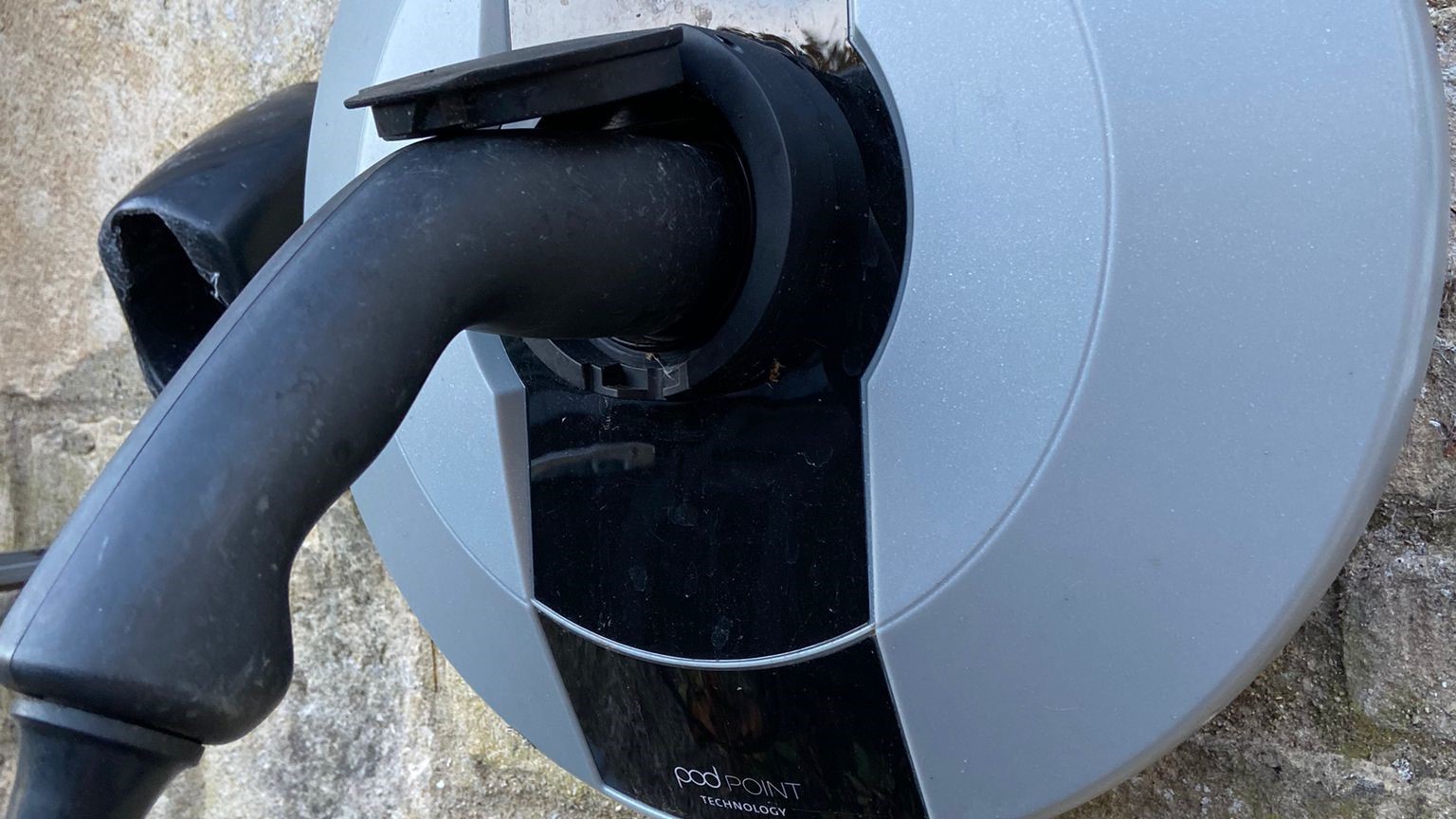
With petrol and diesel vehicles set to become a thing of the past, Approved Document S came into force in June to ensure the infrastructure to charge electric vehicles (EVs) is in place in both new and existing buildings.
Projects for which building notices were processed before 15 June are exempt from the new requirements; however, under the transitional arrangements for the new Part S of the Building Regulations, all projects that have not made a meaningful start on site by 15 June next year will have to fulfil them.
Specifically, Approved Document S requires that EV charging provision should be made for each of the following kinds of development:
-
all new buildings
-
existing residential and mixed-use buildings
-
all buildings undergoing major renovation including residential renovations where there are more than ten dwellings.
Extensive residential charging mandated
New residential buildings with associated parking spaces must now offer at least one EV charge point for each parking space, or each dwelling that the car park serves. This means that if, for example, a residential building has 50 apartments and the associated car park has 70 spaces, then only 50 spaces need access to a charge point. On the other hand, if a residential building has 50 apartments and the associated car park has 20 spaces, every space requires a charge point.
A parking space counts as 'associated' if it is within the site boundary of a building containing one or more dwellings, and it is to be used by the occupant or a visitor. Diagrams 1.1 and 1.2 of Approved Document S offer examples of how to determine associated parking spaces and site boundaries.
To try to keep EV charge points affordable for developers and buyers, the cost for installation in such buildings must be less than £3,600; this can also be the average cost of one charge point when several are being installed. If the price exceeds this cap, then cable routes at least must be installed by the developer in the associated parking spaces instead.
Approved building control inspectors and those working for local authorities should ask for two formal quotes if the proposed connection cost is to be more than £3,600. These quotes should show the total connection cost with and without charge points; the maximum number of points that can be installed before the cap is exceeded; and the average additional connection cost if all dwellings with associated spaces are to have charge points installed.
EV charge points do not need to be installed if there is no associated parking space provided, or when the associated parking space provided is within a covered car park. This is due to the increased risk of fire. If there are not enough parking spaces outside of the covered car park to achieve the required amount of charge points, then cable routes must be installed within the car park.
Use change and renovation require points
A building whose use is being materially changed and that has associated parking spaces must also have EV charge points fitted for each new dwelling created. This requirement applies to buildings that will contain a flat or dwelling where they did not before, or that already contained at least one dwelling and remain in some part residential after conversion.
Material changes of use for national monuments and buildings that are listed or of historical importance may be exempt from Part S requirements. The relevant building control body should provide dispensation if necessary.
Major renovations of all kinds of buildings also require EV charge points to be installed when there are more than ten associated parking spaces; more detail on the stipulations for residential and non-residential buildings is provided in paragraphs 2.10 and 4.1 of the approved document respectively.
In those instances where commercial and mixed-use buildings require facilities for EV charging, one charge point must be installed, while a minimum of one in five of the remaining parking spaces are to have access to cable routes. If, for example, there are 11 parking spaces, and one space has access to a charge point, two further spaces will require access to a cable route.
Stipulations vary with context
There are different requirements for the different uses in new mixed-use buildings or those being renovated. For example, a building where the ground floor is used for retail and other floors are dwellings will have different requirements for each use and the associated parking spaces. In this example, requirement S1 would apply to the dwellings and S4 to the retail space (see paragraph 5.2 of the approved document).
It should therefore be clearly defined which of the associated parking spaces are to be used by each part of a mixed-use building.
Government grants
The UK government has introduced grants for the installation of EV charge points or EV infrastructure. To apply you must be a landlord or own/rent a flat. For charge points you can receive £350 or 75% reduced from the cost to buy and install a socket, depending on which is lower.
It is important to mention that not all EVs share the same connector that charges them, hence all EV charge points installed must be untethered. This means the charging cable will not be permanently fixed to the unit, which ensures that any person using the associated parking space, regardless of what electric vehicle they drive, can use the charging facilities.
There are certain exemptions from this requirement, for example for self-build properties or where the vehicle specification is already known. In such cases, tethered EV charge points may be accepted. EV charge points should have a minimum nominal rated output of 7kW and be installed with an indicator to show the current charging status of the vehicle.
The introduction of Part S for new projects could stimulate EV sales, with buyers motivated by the likelihood that their next home will be equipped with charging facilities. Design teams and building control professionals should therefore ensure the new requirements are correctly followed.
This change should not be deemed insignificant. It is a step further to creating a net zero environment, and hitting the targets set out by the government, specifically the ban of the sale of new petrol and diesel cars which was brought forward to 2030.
'The UK government has introduced grants for the installation of EV charge points or EV infrastructure'
Cole Chang is a building control surveyor at Assent Building Control
Contact Cole: Email
Related competencies include: Building control inspections, Legal/regulatory compliance, Sustainability

